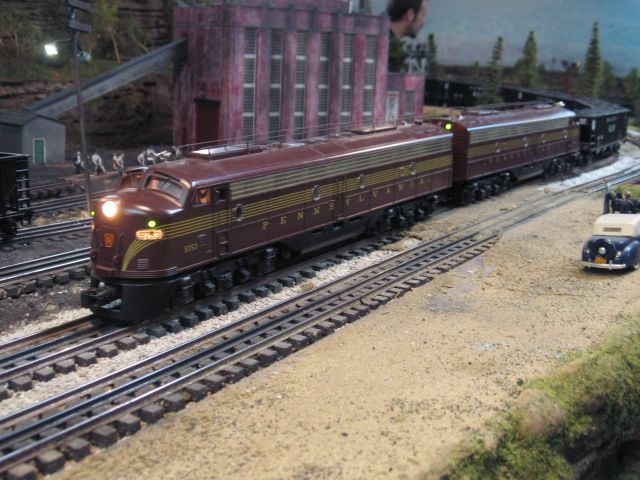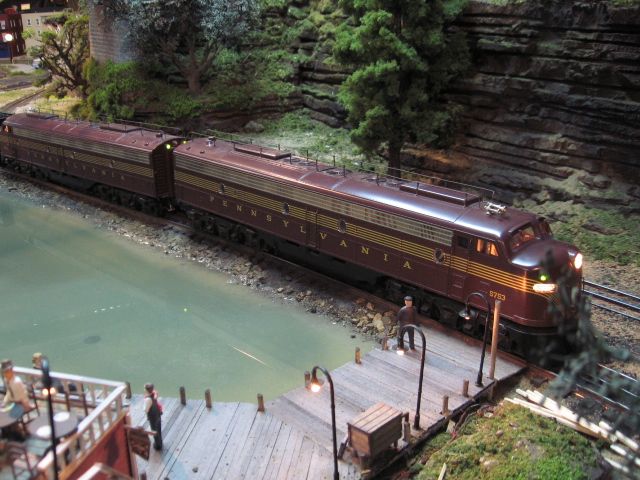What seems to get overlooked here is locomotives in push/pull communter service, and after spending years inspecting commuter passenger cars daily, i KNOW you MUST have marker lights on each end of your train, if the cab isnt the last car, rare but it happens, in pull only, passenger cars without markers required an EOT, when operating from cab car in a push consist, your loco markers must be lit or same deal, EOT
So lets say your in freight, and have to cut your train, and your pushing a few cars off in a siding, you want your marker lites because unfortunately the lionchief plus locos will have rear headlights only, on in this situtation.
Now i understand not all railroads, real or model, have commuter service, but those marker lights sure look pretty vs a dark loco moving away from you....
Cost of a few leds, peanuts, my more important question i guess is, can the electronics inside the LC+ handle 2 more leds, i already popped off the grills and dremeled the body open for that see thru grill look, and removed the spinning fan grills on top just to paint a contrasting color on fan blades, for better visibility, so 2 more holes for leds up front arent a real challenge, i just dont want to burn anything up, by overloading, i could power separately if necessary or just unplug the rear numberboards, they stay on all the time, if its too much load.
Moreover, on a model train, lites look cool, and if your really running prototypical, ive shown where there necessary in push/pull, in legacy/dcs you could turn them off, so why not markers, class lights.....they added ground lights??? Youd think it wouldnt be an issue...IMO
Happy RR








